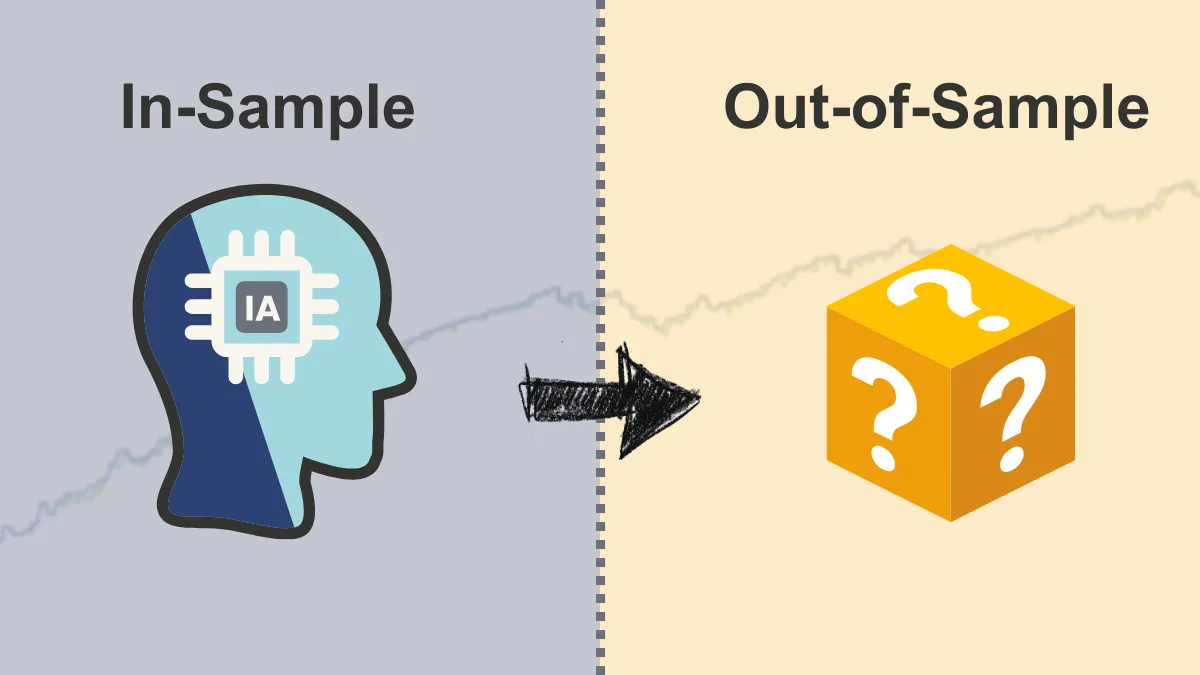Which Forex Analysis Method is Most Suitable for Trading?
There are three main analysis methods in forex trading: Technical Analysis, Fundamental Analysis, and Sentiment Analysis. Each analysis method has its unique advantages and limitations, suitable for different trading styles and strategies. Choosing the analysis method that best suits you depends on various factors, including your trading goals, risk tolerance, and understanding of the market. This article will explore the advantages of each analysis method to help you decide which is most suitable for your forex trading.1. Technical Analysis:
Suitable for short-term traders and technical tradersTechnical Analysis is an analysis method based on price charts and technical indicators to predict future price trends. It is particularly suitable for traders who focus on short-term market fluctuations, such as day traders or short-term swing traders.
Advantages:
- Visual Charts: Technical analysis provides visual price charts and indicators, making it easy to identify trends, support levels, and resistance levels, especially suitable for short-term operations.
- Quick Response to Market Changes: Technical analysis can provide instant trading signals, helping traders quickly respond to market fluctuations.
- Applicable to Various Markets: Technical analysis can be applied to various markets, whether currency pairs, stocks, or instruments.
- Ignores Fundamental Factors: Technical analysis focuses solely on price movements and may overlook the economic fundamentals and political risks behind the market.
- Short-term Focus: Technical analysis is more suitable for short-term trading, with relatively limited ability to capture long-term trends.
- Short-term Traders: If you prefer day trading or short-term swing trading, technical analysis will be the best choice.
- Traders Who Like Quick Market Entry and Exit: Technical analysis provides instant trading signals, suitable for those looking to capitalize on short-term price fluctuations.
2. Fundamental Analysis:
Suitable for long-term investors and economic trend followersFundamental Analysis focuses on analyzing a country's economic data and macro factors to predict the long-term trends of currencies. This method is suitable for traders who pay attention to major market trends and are willing to hold positions for a longer time.
Advantages:
- Understanding Long-term Trends: Fundamental analysis helps traders understand the long-term trends of the market, suitable for long-term investors.
- Comprehensive Market Understanding: By analyzing economic data and international politics, fundamental analysis provides an in-depth understanding of the market.
- Not Suitable for Short-term Trading: Fundamental analysis takes time to be effective, making it less flexible for short-term traders.
- Requires Extensive Knowledge: Traders need to have a deep understanding of the global economy, politics, and market mechanisms, which can be challenging for beginners.
- Long-term Investors: If you prefer medium to long-term investment strategies and want to profit from major economic trends, fundamental analysis will be an ideal choice.
- Economic Data Followers: Traders who enjoy analyzing economic data such as GDP, interest rates, and inflation will benefit from fundamental analysis.
3. Sentiment Analysis:
Suitable for traders capturing market turning pointsSentiment Analysis predicts price reversals or trend strengthening by measuring the emotions of market participants. It is suitable for traders who want to capture market turning points and profit from them.
Advantages:
- Capturing Market Reversals: Sentiment analysis can identify overly optimistic or pessimistic market sentiments, indicating the likelihood of an impending market reversal.
- Complementing Other Analysis Methods: When combined with technical analysis and fundamental analysis, sentiment analysis can provide a more comprehensive understanding of the market.
- Relatively Subjective: Sentiment analysis relies on judgments of market psychology, lacking the precision and data support of technical analysis.
- Short-term Focus: Sentiment analysis is mainly used for short-term trading, with limited predictive power for long-term trends.
- Short-term Reversal Traders: If you focus on capturing market reversal points and want to enter and exit the market quickly during price fluctuations, sentiment analysis will be your ideal tool.
- High-risk Tolerant Traders: Sentiment analysis is suitable for those willing to engage in short-term speculation based on market psychology changes.
4. Comprehensive Analysis Method:
The best strategy is to combine multiple analysis methodsFor most traders, the best strategy is to combine technical analysis, fundamental analysis, and sentiment analysis. This comprehensive approach can help traders understand the market more holistically from different perspectives and improve trading success rates.
Advantages of Comprehensive Use:
- Technical Analysis Finds Entry and Exit Points: Use technical analysis to find specific buy and sell points.
- Fundamental Analysis Determines Major Trends: Rely on fundamental analysis to identify the long-term trends of the market.
- Sentiment Analysis Assesses Market Atmosphere: Sentiment analysis can help confirm short-term reversals and the risks of emotional overheating in the market.
Conclusion
The most suitable forex analysis method depends on your trading style. If you are a short-term trader, technical analysis will be your best tool; if you focus on long-term trends, fundamental analysis will be more suitable for you; and if you want to capture market turning points, sentiment analysis will help you predict market reversals in advance. The best strategy often combines these three analysis methods to gain a more comprehensive market insight.Hi, We are the Mr.Forex Research Team
Trading requires not just the right mindset, but also useful tools and insights.Here, we focus on Global Broker Reviews, Trading System Setup (MT4 / MT5, EA, VPS), and Forex Trading Basics.
We personally teach you to master the "Operating Manual" of financial markets, building a professional trading environment from scratch.
If you want to move from theory to practice:
- Help share this article to let more traders see the truth.
- Read more articles on Broker Tests and Forex Education.





